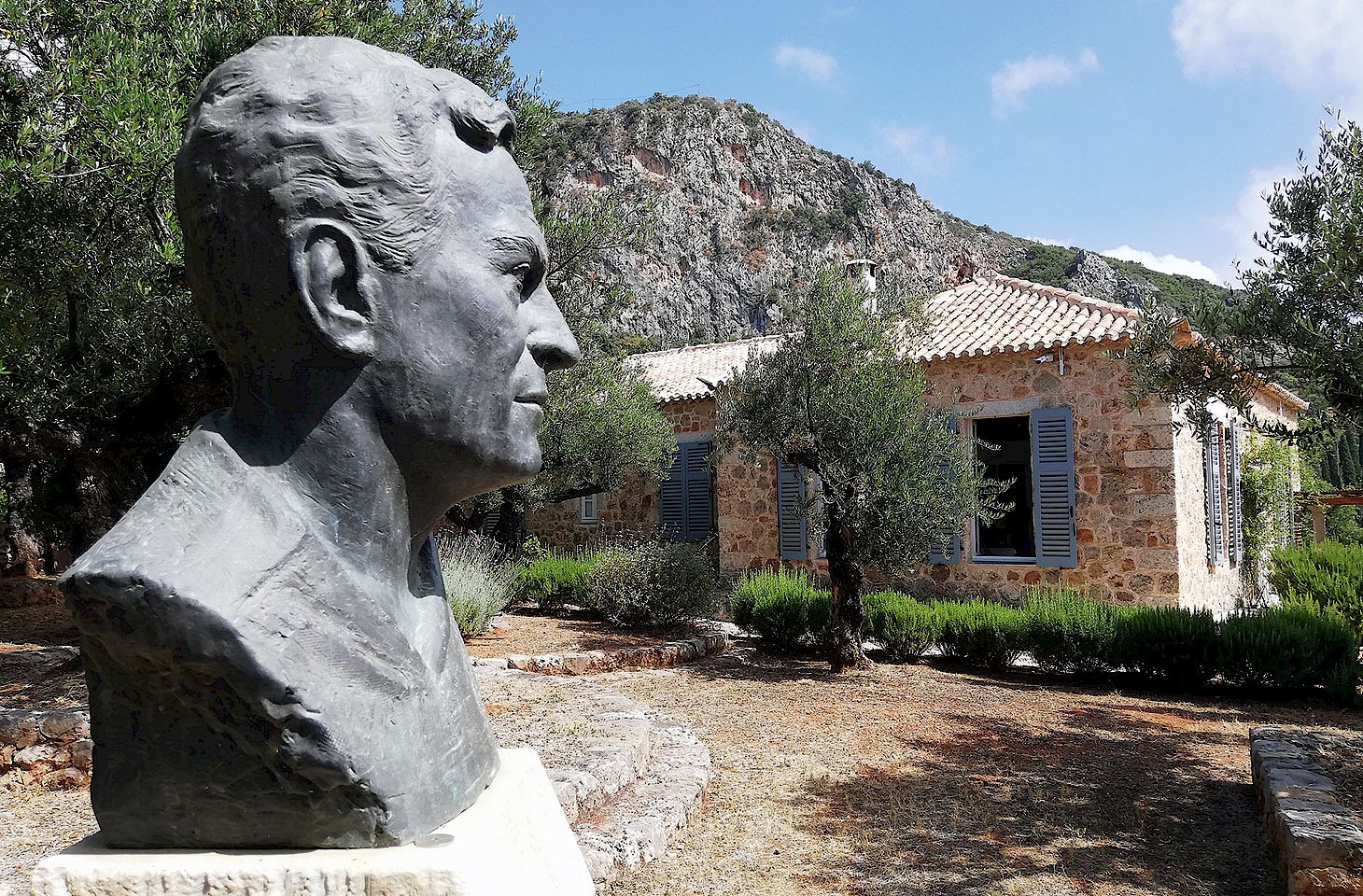I. The coast
The capacity of places to reinvent themselves in the tide of history is remarkable. Like ancient Grado, the lagoon town at the very head of the Adriatic that once held ecclesiastical sway even over Venice. Now it is a place where those who cannot afford chic southern sunspots like Pantelleria or Panarea eat pizza and ice cream on the Lungomare Adriatico. Or, across the Gulf of Trieste, on Istria's western shores, places like Pirano and Rovigno, both onetime outposts of Venetian power, that somehow contrive to balance a modern medley of Latin and Slavic interests. Nowadays known as Piran and Rovinj, these two isthmus towns are in Slovenia and Croatia respectively. Italian style campaniles and elegant piazzas are a reminder that Venice is merely a hundred kilometres distant.
In Piran's Tratinijev trg, not a square at all, but a perfect oval of open elegance paved with white marble, the red Venetian House (Benecanka hisa) reminds visitors of the town's past loyalties, while the little cafés that line the side streets sell Slovene wines and local dishes like burek, juha and prsut. A little further south in Rovinj, across the Croatian border but a world away from the capital in Zagreb, the bilingual street signs (in Italian and Croatian) speak for the covenant of history that colours life in Rovinj. Nowadays the traditional Istrian wooden batana boats in the harbour are greatly outnumbered by modern yachts, and Croatian and Italian have gained linguistic supremacy over the threatened local Istriot language. Nostalgia dances hand in hand with modernity. The evening catamaran comes in from Venice, bringing back the day trippers, and a few dozen new arrivals. For some, it is their first encounter with the Slavic world.
Just thirty kilometres further south along the coast of Istria is Pula, which deftly served Rome and Venice before reinventing itself in Habsburg style. In the eighteen fifties the Austro- Hungarian authorities in Trieste decided to move their principal naval base down the coast to Pula, creating there a Trieste in miniature, a military extravagance under the shadow of Pula's vast Roman amphitheatre and the geometric Venetian fortress. A hundred years ago the great inlet that serves Pula sheltered the warships built to protect the double headed empire that once stretched from Vienna to Sarajevo. Today it is the most industrious of Istrian harbours, with echoes of Trieste at every turn, in its statues and monuments, in flotsam on the dead water of the turning tide, in the byways trodden by James Joyce who taught English in both Trieste and Pula; he grew to hate both with a passion! Pula's industrial character makes it no Piran or Rovinj, to be sure, but, like all these Adriatic ports, the exiled identities of yesteryear haunt the present.




